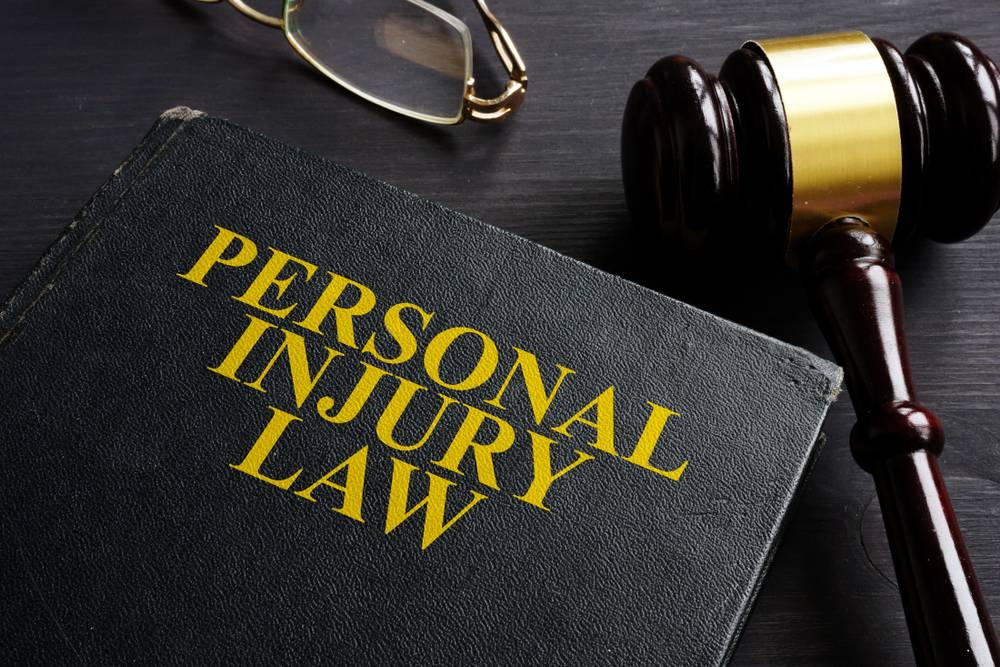Baltimore’s Personal Injury Claim Value Guidelines

The title is somewhat of a misnomer, as there are no official or recognized “guidelines”, as such, for the proper valuation of a Baltimore personal injury case. There are, however, a variety of sources that seasoned and experienced Baltimore personal injury lawyers consult, and factor into their analysis as to the value of their client’s cases.
- The lawyer’s training and experience in handling similar cases
- Reported jury verdicts
- Trial results in similar cases
- Settlements in similar cases
- “Settlement software”
What Is My Baltimore Personal Injury Case Worth? Perhaps there is no single benefit an experienced Baltimore personal injury lawyer brings to his or her client which is greater than that lawyer’s, training, background, and particularly- experience in handling cases just like the client’s. Make no mistake. This position is not meant and does not hold that [and the author does not argue that] an extremely talented, thoroughly prepared attorney cannot achieve great results for a client despite lacking a great deal of experience. What the author does suggest is that there might be ways to compensate for a lack of talent, or a lack of preparation. The extraordinarily hard-working attorney might be able to, for example, overcome a lack of raw talent through diligence and dedication and hours of hard work. Or, raw ability might help compensate for a lack of preparation. An old adage holds, however, and I thoroughly agree, that there is no substitute for experience. An experienced personal injury lawyer has tried hundreds of cases, and brings that background to work for you.
For countless years, there have been services that report the results of jury activities in the form of verdict reporters. There is no question that these can be a resource to consult in assessing what is happening in similar cases in similar jurisdictions. There are limitations. Not all cases are reported. Not all lawyers participate in the service. Not all lawyers report the results of their cases to the services. Moreover, just because there is a case or many cases reported, does not mean that it matches- both in terms of facts or injuries- the client’s specific case.
In a Baltimore personal injury district court case, the results are often entirely dependent on the views, outlook, proclivities, and experience of the particular jurist hearing the case. This can, in turn, depend on the location or venue of the trial, and in some instances, even the particular courthouse location if there is more than one in that jurisdiction. For example, Baltimore City has three District Court locations, but civil cases -of which a personal injury or Baltimore motor vehicle accident would be an example- are heard only at the Fayette Street location for the District Court of Baltimore City. Conversely, while the District Court for Baltimore County also has three locations. There, a civil case – for example, a Baltimore County car accident case- could be heard in any of those three locations.
Many years ago, most, if not all of the major property insurance companies began using settlement software in some capacity. More than one of the largest insurance companies uses settlement software to generate a settlement number that is labeled as “reasonable”. The insurance company typically adopts the number generated as its bottom line negotiating stance. To be fair, my understanding is most settlement software does not produce a single number, but rather a range of numbers that the insurance company then utilizes to settle the case- or not. If that settlement range is below the range of value projected by the plaintiff’s attorney, the case will not settle, and litigation is required. Technical expertise and detailed descriptions of the functioning of personal injury settlement software is beyond the scope of this article for all of the obvious reasons. Having said that, I do understand the settlement software, by its nature, is dependent on the information input to arrive at the projection. If the data upon which the projection is made is not accurate, is skewed, or is intentionally manipulated or unintentionally manipulated, but nevertheless tweaked, I also understand that settlement software can produce consistently artificially low settlement numbers. The bottom line is the same. If the personal injury case does not resolve via amicable settlement, a lawsuit must be filed, and the experience of the plaintiff’s attorney in trying such cases assumes a larger, if not predominant, role.



